Tata Ace
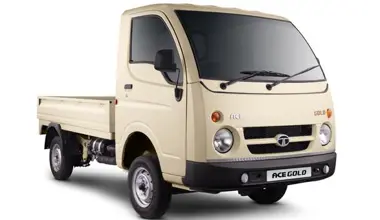
POPULARITY
- This week: 1634 views
- All time: 6826 views
Ex-Showroom Price
| Top Speed | 70 kmph |
| Engine cc (Displacement) | 694 cc |
| Number of Gears | 5 |
| Maximum Power | 30 HP @ 4000 rpm |
| Maximum Torque | 55 Nm @ 2500-3000 rpm |
| Ground Clearance | 160 mm |
| Kerb Weight | 865 kg |
| Fuel Tank Capacity | 26 litres |
Pros
-
Powerful Engine
(407 of 618 agree)
-
Vast Service Network
(252 of 400 agree)
-
Good Value for Money
(246 of 418 agree)
-
Good Mileage
(343 of 594 agree)
Cons
-
Doubtful Build Quality
(170 of 301 agree)
Our take on this /// Verdict
The Ace has been discontinued, but many budget entrepreneurs do seek this model, and therefore it is available in the used car market. Its simple construction makes maintenance and repairs trouble-free. On the other hand, prospective clients have to know its basic interiors and lack of contemporary safety provision and limited power to operate in hilly areas.
Price
When in production, the Tata Ace was priced competitively, starting at around ?3.99 lakh for the base HT variant, going up to ?5.70 lakh for the top-end Gold petrol variant (ex-showroom prices). On-road prices in Delhi typically ranged from ?4.30 lakh to ?6.15 lakh, while in Mumbai, they were slightly higher due to different tax structures, ranging from ?4.45 lakh to ?6.30 lakh. The CNG variants were priced about ?50,000-70,000 higher than their diesel counterparts.
Latest Updates
The first batch of Tata Ace EVs were delivered to select customers, marking Tata's entry into the electric commercial vehicle segment.
QUICK FACTS & INFORMATION | |
| Car Variant | Tata Ace Gold |
| Availability Status in India | Available |
| Car Type | UV |
| Fuel Type | Petrol |
| Latest Price in India | Tata Ace Gold price is Rs 5.04 lakh (ex-showroom). |
| Colour Options | Irish Cream, Arctic White |
| Similar Cars | Mahindra Jeeto, Maruti Suzuki Super Carry, Piaggio Porter 700, Ashok Leyland Dost Strong, Mahindra Supro Profit Truck Maxi, Mahindra Supro Minitruck |
| Top Speed | 70 kmph |
| Official Tagline | Get Your Key To Success At Affordable Cost |
ENGINE & TRANSMISSION | |
| Engine cc (Displacement) | 694 cc |
| Gearbox Type | GBS 65-5 S |
| Number of Gears | 5 |
| Maximum Power | 30 HP @ 4000 rpm |
| Maximum Torque | 55 Nm @ 2500-3000 rpm |
| Engine Details | 694cc, Tata 275 Gasoline MPFI, 4-Stroke, Water-Cooled, 2-Cylinder Engine |
| Number of Cylinders | 2 |
| Maximum Payload | 750 kg |
| Clutch Type | Single Plate Dry Friction Diaphragm |
| Emission Norms | BS6-Compliant |
DIMENSIONS & WEIGHT | |
| Overall Length | 3800 mm |
| Overall Width | 1500 mm |
| Overall Height | 1840 mm |
| Wheelbase | 2100 mm |
| Ground Clearance | 160 mm |
| Kerb Weight | 865 kg |
| Gross Vehicle Weight | 1615 kg |
| Turning Radius | 4.3 metres |
| Front Track | 1300 mm |
| Rear Track | 1320 mm |
| Cargo Body Dimensions (LxWxH) | 2200 x 1490 x 300 mm |
CAPACITY | |
| Seating Capacity | Driver + 2 |
| Number of Seating Rows | 1 Rows |
| Number of Doors | 2 Doors |
| Fuel Tank Capacity | 26 litres |
BRAKES & SUSPENSION | |
| Front Brakes | Disc Brakes (C51 Caliper) |
| Rear Brakes | Drum Brakes 200mm dia. x 30mm |
| Front Suspension | Parabolic Leaf Spring |
| Rear Suspension | Semi Elliptical Leaf Spring |
WHEELS & TYRES | |
| Front Tyre | 145/R12 LT 8PR Radial |
| Rear Tyre | 145/R12 LT 8PR Radial |
COMFORT & CONVENIENCE | |
| Bottle Holder | |
INTERIOR FEATURES | |
| Front Tray USB Charger | |
| Glove Box | Large Lockable Glove Box |
INSTRUMENTATION | |
| Instrument Cluster | Digital Cluster |
| Gear Shift Indicator | Gear Shift Advisor |
Key Features of the Car | |
| List of Features | Some of the key Tata Ace Gold features include: Gear Shift Advisor and Eco Switch for High Fuel Efficiency, Digital Display Cluster, Large Lockable Glove Box, USB Charger, High Grade-ability of 30% for Better Pickup, Rugged Front & Rear Leaf Spring Suspension Now Even More Stiffer, Durable Truck Like Axles, Bottle and Document Holder. |
| Gradeability | 30 % |
| Steering | Mechanical, Variable Ratio (23.1 to 28.9:1) Variable, 380mm Dia |
Latest News
Recently Added News
Tata Ace Videos
Tata Ace Review
Overview
The Tata Ace was a popular mini truck that made a significant impact in the Indian market since its launch in 2005. Known for its versatility and affordability, it became a favorite among small business owners and everyday users. However, despite its success, the Tata Ace was eventually discontinued. This article explores the history, reasons for discontinuation, and the legacy of this iconic vehicle.
Key Takeaways
- The Tata Ace was launched in 2005 and quickly became a popular choice for small businesses.
- It was designed to compete with three-wheeled cargo vehicles, offering more space and better prestige.
- Market changes, including the rise of electric vehicles, contributed to its discontinuation.
- The Tata Ace influenced new models like the Ace Zip and Ace EV, showcasing Tata's innovation.
- Customer feedback played a crucial role in shaping the Tata Ace and its successors.
History and Evolution of Tata Ace
Initial Launch and Market Reception
The Tata Ace was introduced in 2005 as a new type of mini truck. It aimed to provide a more affordable option for transporting goods compared to three-wheeled vehicles. This innovative vehicle quickly gained popularity among small business owners. It was priced between INR 2.25 and 3.35 Lakh, making it accessible for many users who needed a reliable way to carry light loads.
Development Over the Years
Over the years, Tata Motors expanded the Ace lineup with various models, including the Super Ace and Ace Zip. These models were designed to meet different market needs, such as urban transport and last-mile delivery. The company listened to customer feedback and made improvements, ensuring that the Ace remained relevant in a competitive market. The introduction of the Ace EV also marked a significant step towards sustainability in the commercial vehicle sector.
Key Milestones and Achievements
The Tata Ace has achieved several milestones since its launch. It created a new segment in the Indian market for mini trucks, which helped many small businesses thrive. The vehicle's success has also influenced Tata Motors' strategy, leading to the development of more advanced models. The Ace's legacy continues to impact the commercial vehicle industry, showcasing Tata's commitment to innovation and customer satisfaction.
Reasons Behind the Discontinuation of Tata Ace
Market Dynamics and Competition
The Tata Ace faced tough competition from other vehicles in the market. As new models emerged, many customers began to prefer these alternatives, which offered better features and performance. This shift in consumer choice significantly impacted Tata Ace's sales.
Changes in Government Policies
Government policies also played a role in the discontinuation. New regulations and incentives for electric vehicles changed the landscape for traditional vehicles like the Tata Ace. As the focus shifted towards greener options, the demand for the Ace declined.
Impact of Electric Vehicle Adoption
The rise of electric vehicles (EVs) further contributed to the Tata Ace's downfall. With more people looking for eco-friendly options, the Ace struggled to keep up. The introduction of the Tata Ace EV was an attempt to adapt, but it wasn't enough to revive interest in the original model.
Impact on the Commercial Vehicle Market
Shift in Consumer Preferences
The discontinuation of the Tata Ace has led to a noticeable change in what consumers want from commercial vehicles. Many buyers are now looking for more efficient and eco-friendly options. This shift is pushing manufacturers to innovate and adapt to new trends in the market.
Effect on Small Businesses
Small businesses that relied on the Tata Ace for deliveries are feeling the impact. The vehicle was a favorite for its affordability and versatility. As it leaves the market, these businesses are now searching for alternatives that can meet their needs without breaking the bank. Cost-effectiveness remains a top priority for them.
Comparison with Competitors
With the Tata Ace gone, competitors are seizing the opportunity to attract its former customers. Brands like Mahindra and Eicher are stepping up their game, offering similar models that promise better features and performance. This competition is likely to reshape the landscape of the commercial vehicle market in India.
Technical Specifications and Features
Engine and Performance
The Tata Ace was equipped with a 611 cc engine that produced 11.3 hp at 3000 rpm, along with a torque of 3.16 kgf·m at 1600–1800 rpm. This made it a strong contender in the light commercial vehicle market, especially for short-distance transportation. Its loading capacity was impressive, allowing it to carry up to 600 kg, making it ideal for small businesses.
Design and Build Quality
The design of the Tata Ace was modern and user-friendly, featuring a spacious cabin that provided comfort for drivers during long hours on the road. The vehicle was built to withstand the demands of Indian roads, ensuring durability and reliability in various conditions. Its compact size made it easy to navigate through crowded streets, which was a significant advantage for urban deliveries.
Safety and Comfort Features
Safety was a priority in the Tata Ace's design. It included features that enhanced driver and passenger safety, such as a robust chassis and effective braking systems. Additionally, the vehicle offered a comfortable ride, with adequate seating and ergonomic controls, making it suitable for both drivers and passengers alike.
Legacy and Future Prospects
Influence on Future Models
The Tata Ace has left a significant mark on the light commercial vehicle market in India. Its innovative design and functionality have set a standard that many future models will aim to achieve. This vehicle has not only influenced Tata's own lineup but has also inspired competitors to enhance their offerings in the segment.
Lessons Learned from Discontinuation
The discontinuation of the Tata Ace serves as a valuable lesson for manufacturers. It highlights the importance of adapting to market trends and consumer needs. Companies must remain flexible and responsive to changes in technology and regulations to stay relevant.
Potential for Revival or Replacement
While the Tata Ace is no longer in production, there is always a chance for revival or replacement. Tata Motors has shown interest in electric vehicles, and a new version of the Ace could emerge in the future, possibly as an electric model. This could cater to the growing demand for eco-friendly transportation solutions.
Customer and Market Reactions
Feedback from Existing Users
Many users of the Tata Ace have expressed their feelings about the vehicle's discontinuation. They appreciated its reliability and versatility, often mentioning how it helped them in their daily business operations. However, some users are disappointed, feeling that the vehicle was a crucial part of their work life.
Market Analysis and Sales Data
Sales data shows that the Tata Ace had a strong presence in the market for many years. The vehicle was popular among small business owners due to its affordability and efficiency. As competition grew, however, sales began to decline, leading to concerns about its future in the market.
Public Perception and Media Coverage
Media coverage surrounding the discontinuation has been mixed. While some articles highlight the impact of newer electric vehicles, others focus on the loyal customer base that Tata Ace built over the years. Overall, the public reaction reflects a sense of nostalgia for a vehicle that played a significant role in the commercial vehicle sector.
Alternative Models and Successors
Introduction to Tata Super Ace
The Tata Super Ace is a popular choice that followed the Tata Ace. It offers a larger payload capacity and improved features. This model is designed for small businesses needing a reliable vehicle for transporting goods across various terrains.
Overview of Tata Ace Zip
The Tata Ace Zip is a compact version of the Ace, aimed at urban users. With its smaller size, it is perfect for navigating crowded city streets while still providing decent cargo space. This model is especially favored for its fuel efficiency and ease of use in tight areas.
Emergence of Tata Ace EV
With the rise of electric vehicles, the Tata Ace EV has entered the market. This model represents Tata's commitment to sustainability. The Ace EV is designed to meet the growing demand for eco-friendly transport solutions. It combines modern technology with the trusted Ace design, making it a strong contender in the electric vehicle segment.
Discussions and Questions Tata Ace
How does the Ashok Leyland Dost Strong compare to its competitors, the Tata Ace Gold or the Mahindra Jeeto?
Should Tata Ace drivers be given a special license category?
Is the Tata Ace just a case of 'if it ain't broke, don't fix it' or is the design outdated?
The Tata Ace – is it really the 'Workhorse of India' or just a safety hazard on wheels?
Why are Tata Ace drivers always on a hurry?
View All Tata Ace Discussions
Ask a Question
Featured Tata Comparisons
User Reviews for Tata Ace
All over good not excellent
Need more time for warranty period 4 year or 72000 kilometres and need power steering and wheel size 13 inch
Best Features: Mileage and front look
Pros: Warranty 72000 kilometres but time period is low maximum time 4 year
Cons: 2 year or 72000 kilometres and no power steering




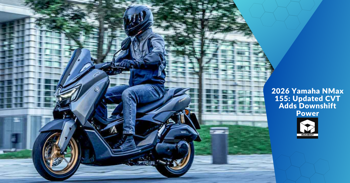
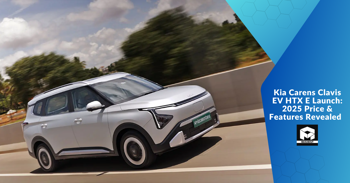

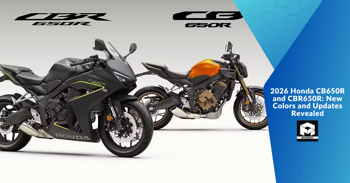

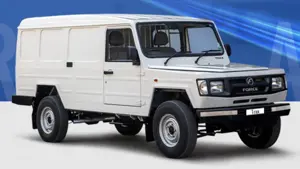
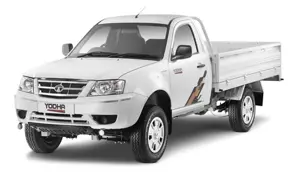
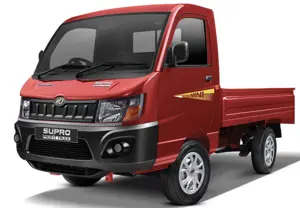
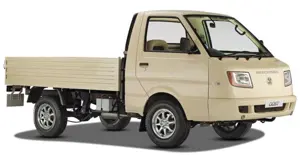
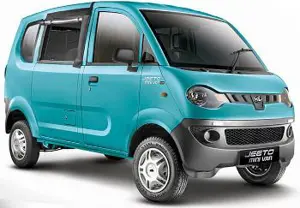
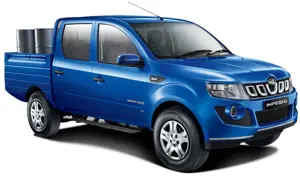

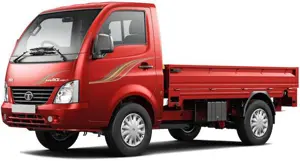

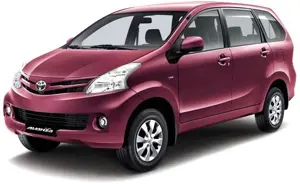
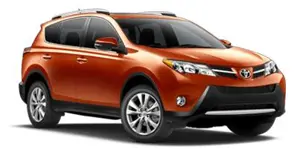

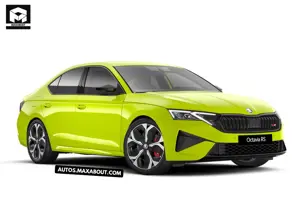
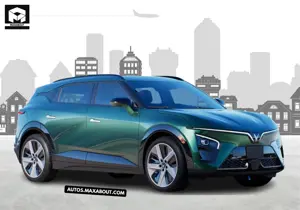
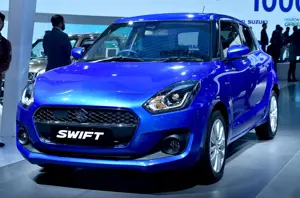
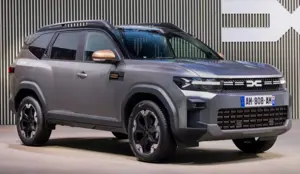
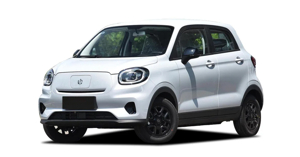
Tata Ace Discussion
Hello sir, my name is sanjib garo, hailing from dibrugarh,assam, and i want to know the exact downpayment for tata ace on road price, and what will be the emi for approx 3 years for this vehicle.
sir what is down payment and what is total price of dala body maigik
hallo sir i am raju-vikash bhati muje yah gaadi ka down peyment kitna hai or yah kaha muje mil sakti hai city
Post a Comment